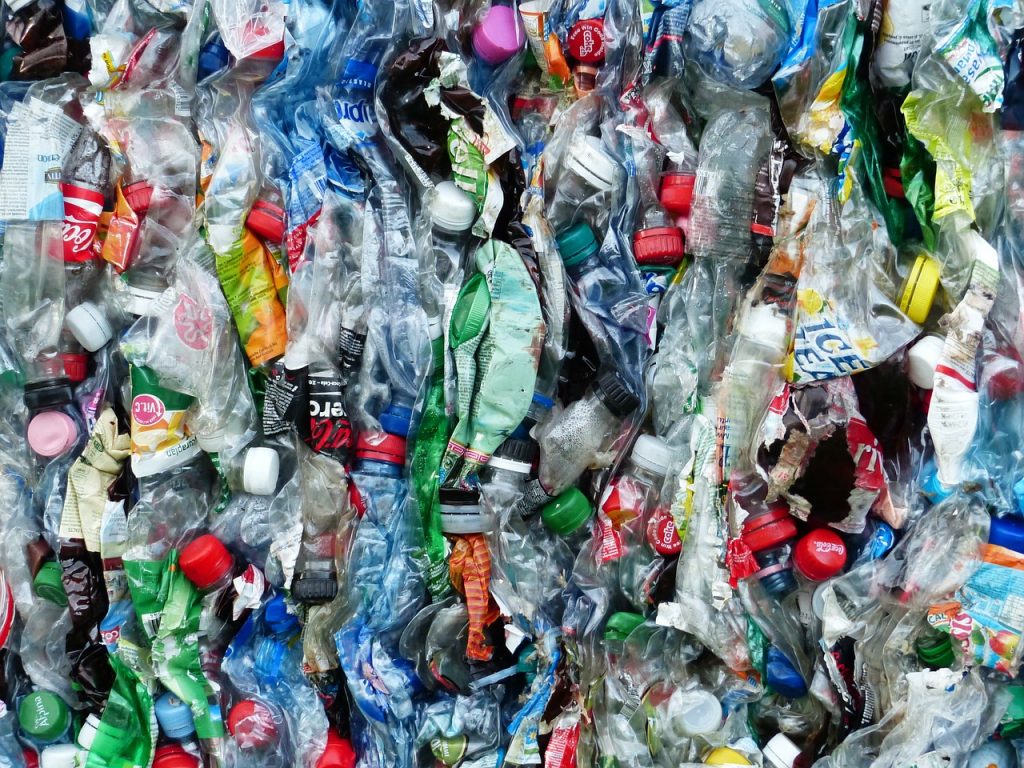Why All The Plastic That You’re Recycling Still Ends Up In Landfills
Despite the fact that recycling plastic has become commonplace in the United States, only 5% of what is recycled actually gets reused.
This article is more than 2 years old
Unlike 20 years ago, recycling plastic from our homes is a daily chore that everyone spends time doing. It has become embedded in our daily lives, with some families going further and setting up compost heaps and other activities to reduce waste. However, even though you think you are doing a good thing by recycling, it likely is not making any difference at all.
Reducing waste is always a hot topic when it comes to the overall health of our planet, with a lot of blame going on the overuse of plastics. So for the good people of America that are environmentally conscious enough to separate their rubbish, where does the recyclable material end up?
According to Greenpeace, it is going to landfills. While many people assume that recyclable plastic will be made into something else, only 5% of plastics are actually reused. Due to a new initiative called the Ellen MacArthur Foundation New Plastic Economy Initiative, plastics must have a recycling rate of 30% to be in the category of “recyclable,” which very few plastics are.
So as more plastics are being produced, fewer are actually being recycled. So many governments and big businesses have pushed the plastics crisis to the point that you wouldn’t even dare to use a plastic straw in public. People believed that plastic consumption was under control through home recycling. But this seems to be another public misconception made to make people believe something good is being done to help global warming.

Waste management companies state that due to plastic being so expensive to collect and sort, very little plastic can be reused. Plastic has to be made of only one type to be melted down and repurposed. Also, it has been found that the more times plastic is recycled, the more toxic it can become. This reality is not a popular one with the public.
Plastics like cups and containers, while accepted by recycling facilities, only a low percentage of the material is actually repurposed. Initiatives like “bottle bills,” which pay customers to bring back their plastic bottles, have been more successful in recycling single-use plastic than a lot of facilities.
Some companies are happy to continue to keep the public happy by accepting all the different types of plastic and then landfilling them quietly, while other companies are now coming out and explaining the truth. But the absolute truth is that mega companies need to find an alternative to plastics.
While every home in America could sort their rubbish out perfectly, if big businesses do not actually reduce the amount of plastic that is in their products and the plastic waste they create, home recycling is pointless.
Society as a whole needs to step back from using copious amounts of plastic in every product we buy, especially fresh produce like fruit and vegetables. The public must start asking, “is this plastic necessary?”
Global warming is nearing the point of no return; where the planet is past the point of saving, how will big businesses make their money if there is no planet to live on? Or have they even asked themselves that question yet?







